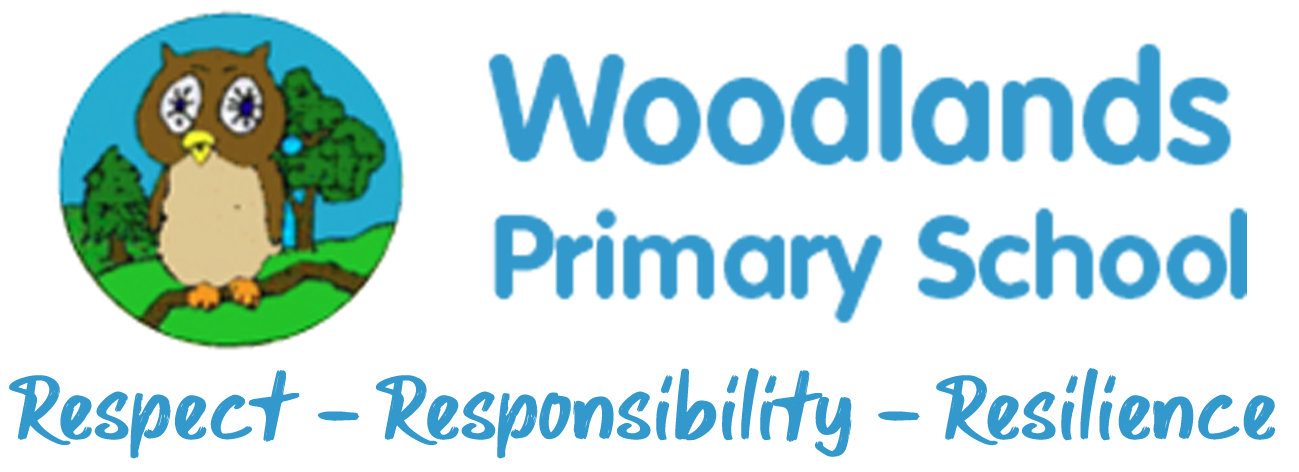Phonics and Early Reading
Intent
At Woodlands Primary School, we passionately believe that teaching children to read and write independently, as quickly as possible, is one of the core purposes of primary school. These fundamental skills not only hold the keys to the rest of the curriculum but also have a huge impact on children’s self-esteem and future life chances. We believe that phonics provides the foundations of learning to make the development into fluent reading and writing easier. Through phonics, all children, including those with SEND and vulnerable children, learn to segment words to support their spelling ability and blend sounds to read words. The teaching of phonics is of high priority and any gaps in knowledge are immediately addressed through the teaching of extra, personalised sessions.
Implementation
At Woodlands Primary School, Phonics is taught through a rich reading curriculum. We follow the Rocket Phonics programme -which is validated by the DFE and follows the letters and sounds structure. Rocket Phonics combines the alphabetic code knowledge and skills that are needed to learn to read and write, with language- rich children’s literature. This approach helps to embed phonics in context, and support a love of reading and writing from the outset. We read high quality phonetically decodable books, which are matched to the scheme. In Nursery, pre phonics skills are taught from the beginning. These skills allow children to become aware of the sounds they hear in their immediate environments, as well as the sounds they can create themselves, using their body or instruments.
When children reach Reception, we move on to Phase Two, which introduces the children to 23 new phonemes. During this phase, the children will learn to recognise, form and use these sounds in simple consonant-vowel- consonant (CVC) words to begin to read and write simple words and captions. Once they have conquered this skill, they start reading stories and texts that have words made up of the sounds they know. This means that they can embed and apply their phonic knowledge and start to build their reading fluency. Once secure, the children move on to the next phase whereby they will learn new sounds, improve their reading fluency and develop a greater writing ability. Throughout this process, there is a focus on comprehension and reading for enjoyment.
Throughout Reception and Key Stage One, children are taught in classes and then apply their phonic knowledge to reading and writing activities in small and focussed groups to target their specific needs for Phonics. We make sure that pupils read books that are closely matched to their increasing knowledge of phonics and ability to read ‘tricky words’; so they experience early reading success and gain confidence that they are readers, as well as consolidating the learning that takes place in school.
Impact
Through the teaching of systematic phonics, our aim is for children to become fluent readers by the end of Key Stage 1. Children can then focus on developing fluency and comprehension throughout the school. The Phonics Screening Test at the end of Year 1 measures attainment in phonics. At Woodlands Primary School, Phonics scores for the screening test have been raising year on year
